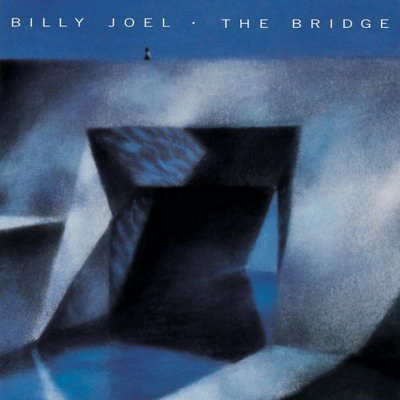Billy Joel is 74 years old as I write this, and still actively touring and playing shows. His last album, River of Dreams, came out in 1993.
Since then, he has written two singles, the last one 17 years ago1These were both oddballs, as they weren’t “classic” Joel songs he would have put onto one of his albums, so you could make the argument they don’t officially count. Earlier this month, he released a new single and, unlike the other two, this one could easily be slotted in with the tracks from either of his last two albums. It’s called “Turn the Lights Back On.”
Part 1: The Official Music Video and Single
A lyric version of the video was initially released, but now there’s another official version. It depicts a younger Joel performing the song in an empty venue before coming back and closing with Joel as he is today. The visual effects are decent, but not entirely convincing, so I found it vaguely creepy.
As for the actual song, it’s…fine? It reminds me of “Two Thousand Years” from River of Dreams, in tone, style and structure. I’d rank it is a solid effort, short of his classics, but far above his worst stuff. Pretty decent for someone who hasn’t exactly been cranking out new tunes for the last 30 years.
Part 2: The Live Version at the 2024 Grammys
The song was debuted at the 2024 Grammy Awards, with Joel accompanied by a full orchestra.
Before seeing this, I’d read some wag online describing the performance as “lacking energy”, an assessment I don’t agree with.
- First, it’s a slow, ballad-style song. He’s not going to be dancing on top of the piano.
- Second, listen to his voice. He knows where to put the emphasis on the words, he knows how to draw out the emotion. This is a very Billy Joel song, and Billy Joel knows how to sing Billy Joel songs better than anyone.
His reaction at the end is cute, too. He takes off the cool shades and looks around, as if he just played his first audition at the age of 18. The crowd approved.
Keep in mind what I said above regarding emotion.
Part 3: The State of Pop Music Today and How Billy Joel is not Immune
We conclude with a third video from the Wings of Pegasus YouTube channel. This video is nearly 30 minutes long, so I don’t expect you to watch the whole thing (though that near-30 minutes went by fairly quickly for me).
This is an analysis of the two versions of the song. Fil often looks at the modern-day scourge of pitch correction software, and how it’s used to weld a singer’s voice to a specific upper range. The result inevitably scrubs a lot of tone and emotion from the voice. Remember above how I said Billy Joel really brings out the emotion of the song in the Grammy version?
The analysis video reveals that the official single uses pitch correction to essentially steamroll out everything that makes Joel’s voice and singing style uniquely his. It’s breathtaking, in a way, how something so simple–modulating the voice just a bit–can have such a profound effect on how a song hits you.
I wonder if Joel knows the single is pitch-controlled? The live version sounds great–yes, he sounds older, but you’re allowed to sound older when you’re 74–and as Fil points out, Joel recorded the song at 74–there’s no need to make him sound “younger” here, because he’s not trying to hit the high notes of a song he recorded 40 years ago. The result is just weird and a bit robotic. For a guy who wrote “All About Soul”, I can’t imagine he’d be happy with this. It’ll be interesting to see how it all shakes out in the end.
